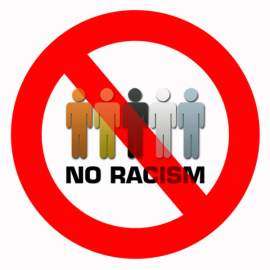
Jim Crow Laws

Jim Crow Laws
One of the most shameful chapters in United States legal history is the proliferation and enforcement of so-called “Jim Crow laws,” implemented after Reconstruction to take away the rights of newly freed black people. For decades, Jim Crow laws prevented black U.S. citizens and residents from enjoying the same facilities and public spaces that white people were allowed to use. Although these laws were overturned by important court cases and federal statutes in the mid-20th century, some of their effects can still be felt today.
How Jim Crow Laws Began
In the immediate aftermath of the Civil War, Congress worked to pass three Constitutional amendments. The first, the Thirteenth Amendment, specifically forbade slavery except as punishment for a crime. The Fourteenth Amendment granted due process rights and equal protection to all American citizens. The Fifteenth Amendment granted black Americans an equal right to vote. Southern states opposed these laws vociferously, but were forced into accepting them in order to rejoin the United States without incurring sanctions.
The Reconstruction period from 1865 to 1877 was a time of patchwork laws regarding the legal status of black Americans. However, soon after, states began to pass a series of laws that limited where black people could go and what they could do. Segregation became the norm, on public transportation, at drinking fountains, and in public restrooms, as well as at restaurants and hotels. Discrimination was widely practiced and extremely pervasive.
Plessy v. Ferguson
The first major challenge to the Jim Crow laws came in the form of Plessy v. Ferguson, in which Homer Plessy, a man who was one-eighth black, sat in a “whites only” part of a public transit vehicle. When he was removed due to Louisiana's laws, he sued in federal court, saying that his rights to equal protection under the Fourteenth Amendment had been violated.
The court didn't see it that way. Ignoring the fact that Louisiana's train cars for blacks and whites were far from equally appointed, the court ruled that mere separation of black and white people didn't constitute illegal discrimination. Jim Crow laws were allowed to continue under the doctrine of “separate but equal” set down in Plessy v. Ferguson, even though much as in Louisiana, facilities were rarely if ever actually equal for blacks and whites.
Brown v. Board of Education and the Civil Rights Act
The first court case that reversed the precedent set in Plessy v. Ferguson was Brown v. Board of Education of Topeka Kansas. The judges in this case ruled unanimously that separate facilities were inherently unequal, and required schools to be integrated.
However, without enforcement powers, it was very difficult for a single Supreme Court ruling to make any dent in the Jim Crow laws. It took the passage of the 1964 Civil Rights Act, which made federal funding contingent on integration, to force states to end their discriminatory laws. Slowly, the Jim Crow laws became relegated to history textbooks as they were written out of state codes.



















